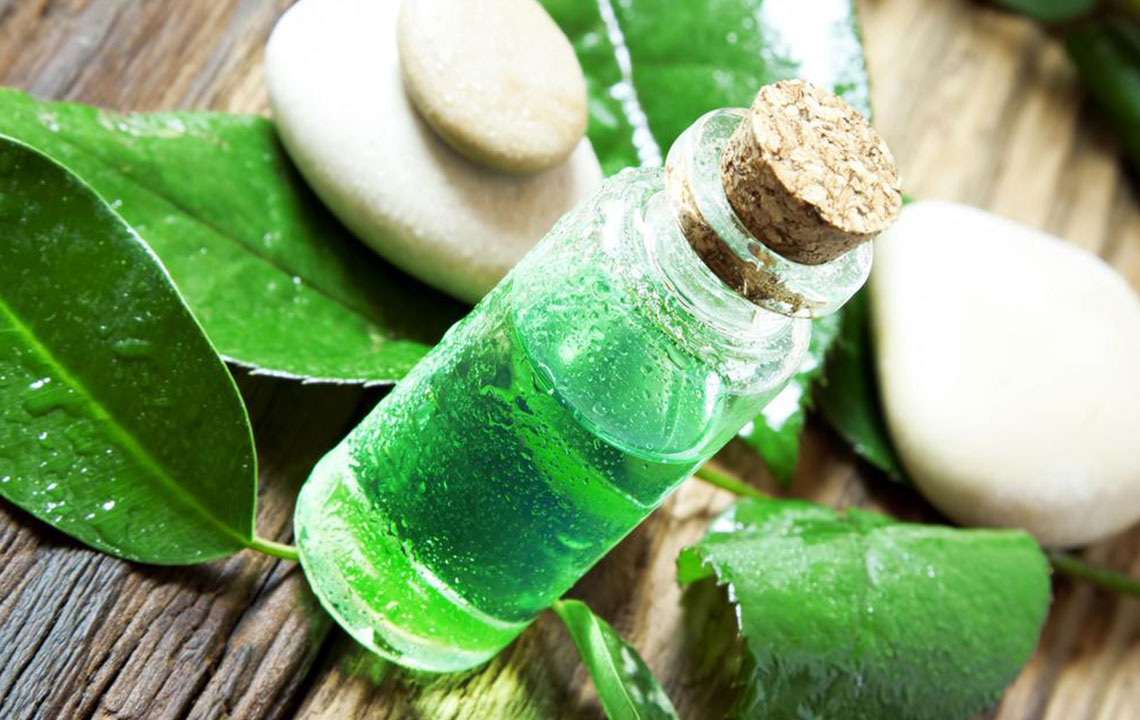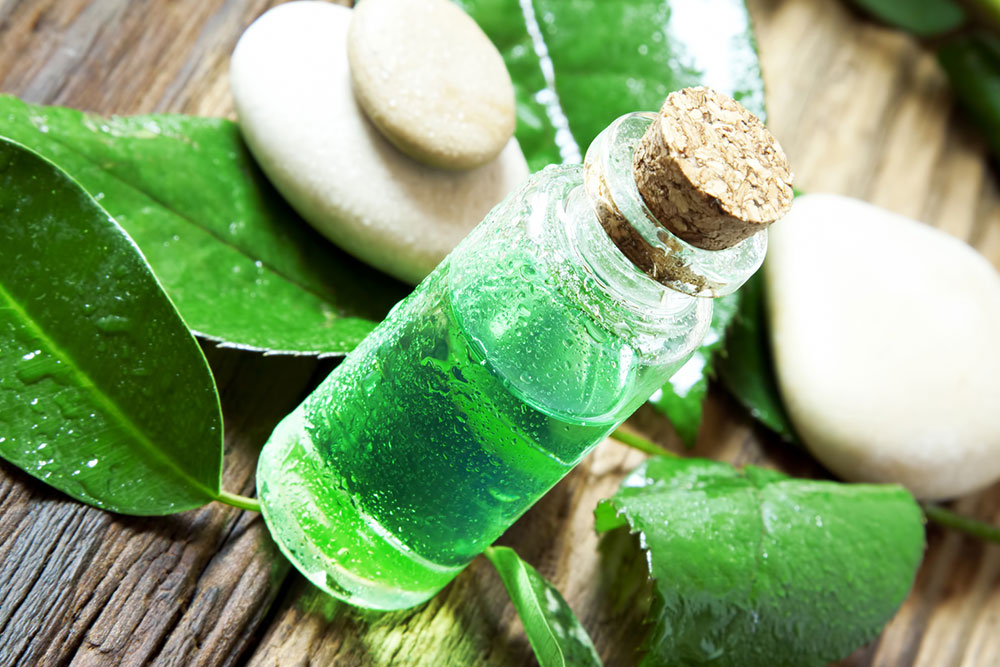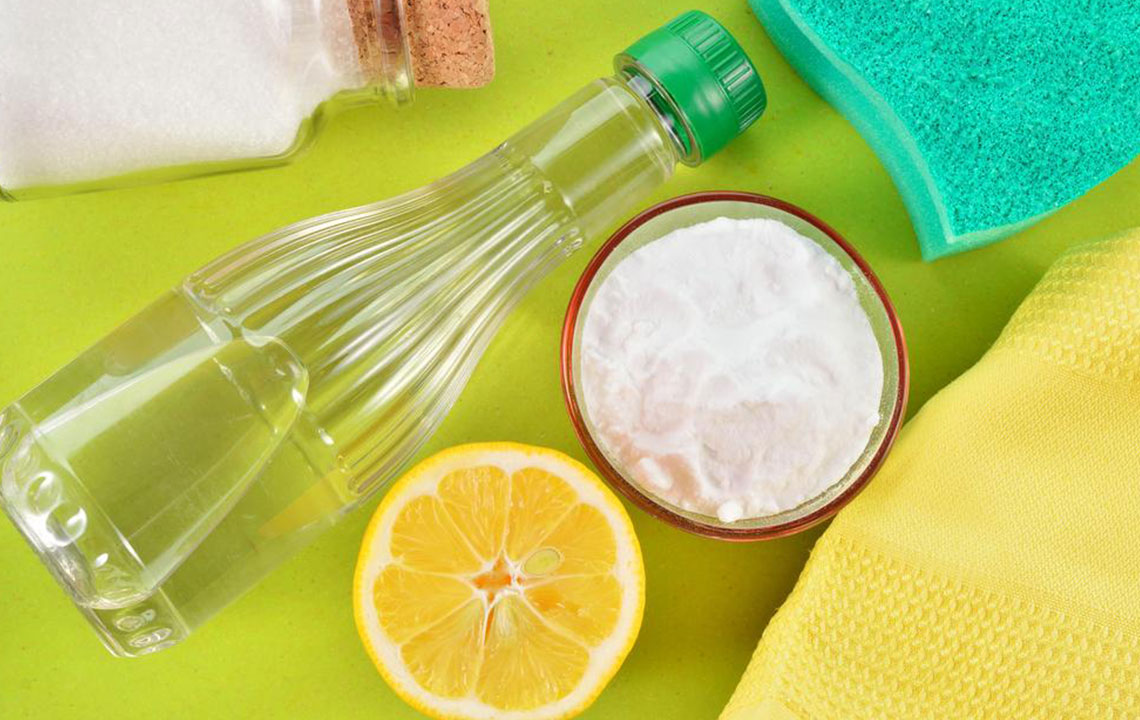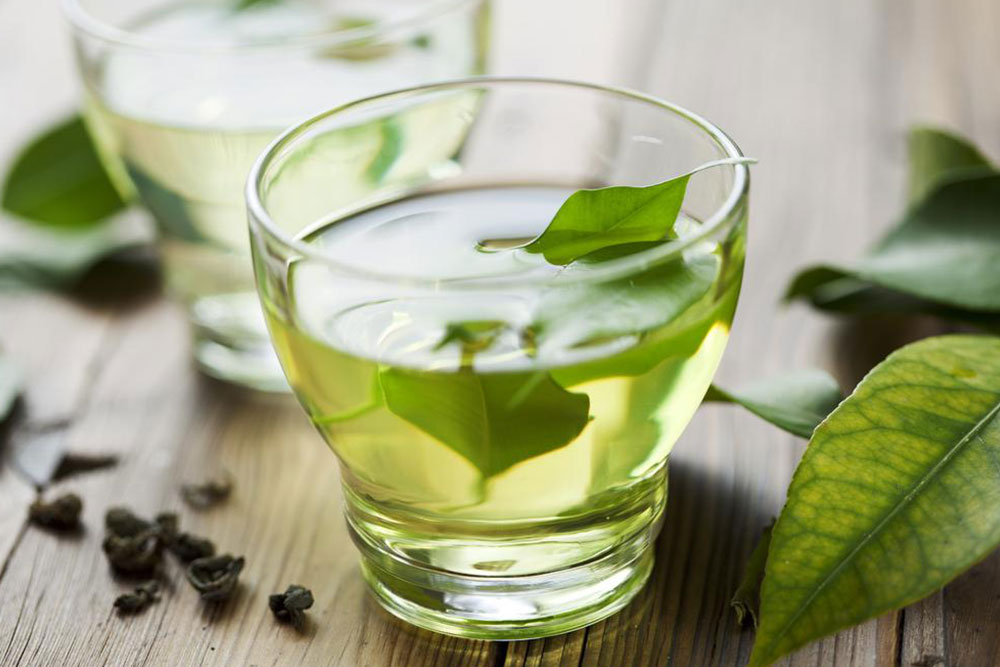Comprehensive Home Remedies for Yeast Infection Relief and Prevention
Discover comprehensive and effective home remedies to relieve and prevent yeast infections naturally. From probiotics and apple cider vinegar to essential oils like tea tree and oregano, this detailed guide offers practical solutions for restoring microbial balance and soothing symptoms. Learn about various types of yeast infections, their causes, and preventive strategies to maintain optimal health and hygiene. Ideal for those seeking natural options, this extensive article provides valuable insights on managing Candida overgrowth safely at home, promoting overall well-being and confidence.

Comprehensive Home Remedies for Yeast Infection Relief and Prevention
The human microbiome is a complex ecosystem of beneficial microorganisms that play a vital role in maintaining overall health and well-being. This community includes bacteria, fungi, and viruses, which work together to protect the body from infections and support essential bodily functions. However, maintaining a delicate balance among these elements is crucial; when this balance is disrupted, overgrowth of certain microbes like yeast can occur, leading to uncomfortable and sometimes serious health issues such as infections, skin irritations, and allergic reactions.
Understanding Yeast Infections
Yeast, technically known as Candida, is a type of fungus that resides naturally in various parts of the body, including the mouth, gut, and skin. Under normal circumstances, Candida exists in harmony with other microbes, helping to support digestion and immune health. However, factors such as antibiotic use, hormonal changes, stress, and a weakened immune system can cause an overgrowth of this fungus, leading to what is commonly referred to as a yeast infection.
These infections can manifest in multiple ways depending on the affected area and severity. Recognizing the symptoms early and understanding effective home remedies can significantly help in managing and preventing yeast overgrowth naturally, without immediate reliance on medication. Here, we delve into the different types of yeast infections, their common causes, and practical home treatment options suitable for various situations.
The most common yeast infection appears in women’s vaginal area, often causing itching, burning, and discharge.
Oral thrush impacts the mouth's corners, tongue, and throat, resulting in soreness and difficulty swallowing.
Throat yeast infections, known as Candida esophagitis, can cause pain while swallowing and general discomfort.
Skin infections caused by yeast present as red, itchy rashes, often in warm, moist areas such as skin folds.
Invasive bloodstream infections, though less common, are medical emergencies and require immediate professional intervention.
Common Types and Triggers of Yeast Infections
Yeast infections are particularly prevalent among women, often triggered by factors such as antibiotic therapy, pregnancy, hormonal contraceptives, or hormonal therapies. These factors can interfere with the natural balance of microflora, diminishing the bacteria that inhibit yeast overgrowth, thus enabling Candida to multiply unchecked. Over time, this imbalance results in symptomatic infections which can be both uncomfortable and disruptive to daily life.
When it comes to managing yeast infections at home, there are numerous natural remedies that can be safe and effective. It’s important to remember that persistent or severe infections should always be evaluated by a healthcare professional, but many mild cases respond well to natural treatments that boost immunity and restore microbial balance. Here are some proven home remedies that can assist in reducing yeast overgrowth and providing relief.
Probiotics and Dietary Measures
Probiotics are beneficial bacteria that help restore and maintain the natural balance of microflora in the body. Yogurt containing active cultures such as Lactobacillus acidophilus is widely recommended for this purpose. Consuming probiotic-rich foods regularly can help prevent Candida overgrowth. Additionally, applying yogurt topically to affected areas may soothe irritation and promote healing.
Apple Cider Vinegar: Nature's Antifungal
Raw apple cider vinegar has natural antifungal and antimicrobial properties, making it a popular remedy for yeast overgrowth. To utilize its benefits, mix about three tablespoons of raw apple cider vinegar into a glass of water and use it for rinsing affected areas or as a rinsing solution. Ensuring the vinegar is unfiltered and organic maximizes its health benefits. Combining apple cider vinegar with colloidal silver might enhance its antifungal effects, but consult with a healthcare provider first.
Boric Acid: A Potent Topical Remedy
Boric acid has been used effectively for treating stubborn vaginal yeast infections, particularly when other treatments fail. It can be applied in the form of suppositories or topical solutions. However, caution is essential: boric acid can be toxic if misused. Never use boric acid on open wounds, and avoid during pregnancy without medical guidance. Proper dosage and usage instructions should be strictly followed to prevent adverse effects.
Tea Tree Oil: Natural Antifungal Powerhouse
Known for its potent antifungal and antiseptic qualities, tea tree oil can be an effective home remedy. Always dilute tea tree oil with a carrier oil such as coconut or olive oil before applying to the skin or mucous membranes. Conduct a patch test first to check for allergic reactions. For vaginal yeast infections, soaking a tampon in the diluted oil and inserting it for a few hours may help reduce symptoms—however, consult your healthcare provider before use.
Oregano Oil: A Natural Fungal Fighter
Oregano oil contains powerful antifungal compounds like thymol and carvacrol. It should be diluted with a carrier oil before topical application or internal use. Oregano oil can be added to capsule form for internal health support or used topically after dilution to treat skin yeast infections. Always follow dosage guidelines and use under medical supervision, especially for internal use.
Garlic: A Natural Antifungal Ally
Garlic has been used since ancient times for its medicinal properties, including its ability to fight fungal infections. Eating fresh garlic cloves regularly can boost your immune system and help combat yeast overgrowth. Garlic’s antifungal compounds help inhibit Candida's growth and support overall health.
Preventive Nutritional Strategies
Incorporating cranberries into your diet can also aid in yeast infection management. Unsweetened cranberry juice or fresh cranberries are known for supporting urinary tract health and may help prevent yeast infections when consumed regularly. Additionally, maintaining a balanced diet rich in vegetables, lean proteins, and whole grains supports your immune system and overall microbial health.
Healthy Fats and Oils
Coconut oil is not only effective when applied directly to infected areas but also acts as a carrier for essential oils. Its natural antifungal properties help reduce Candida growth and soothe irritated skin. Consuming coconut oil in cooking or as a supplement further supports your body's defenses against yeast overgrowth.
While these home remedies are generally safe and natural, it's essential to seek medical advice if symptoms persist beyond a week, worsen, or if you experience severe discomfort, fever, or systemic symptoms. Proper diagnosis and targeted therapy remain crucial for effective treatment and to prevent complications.





